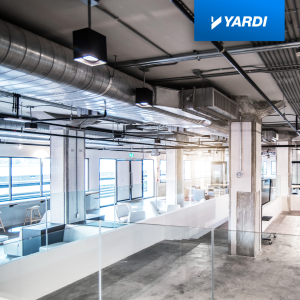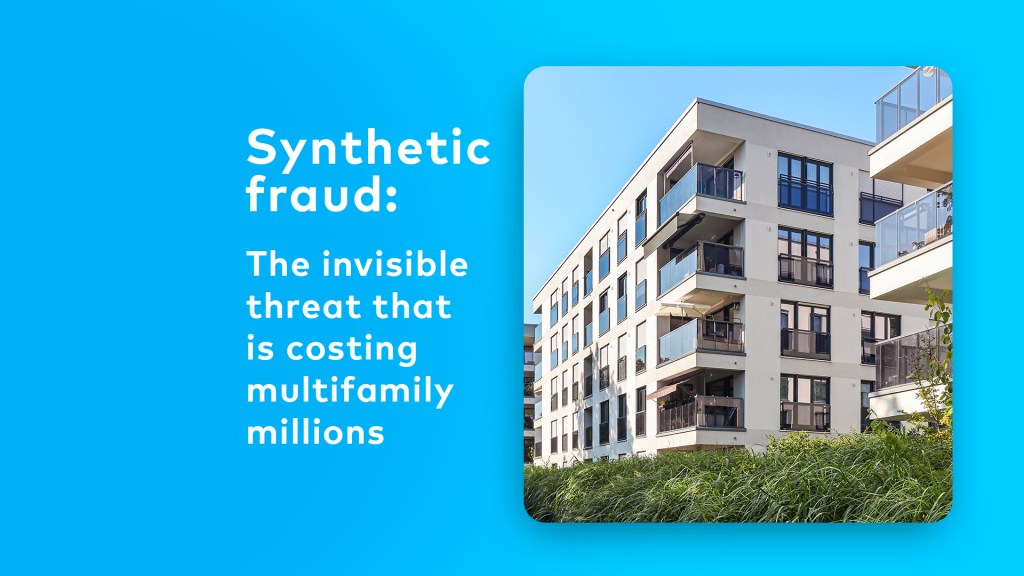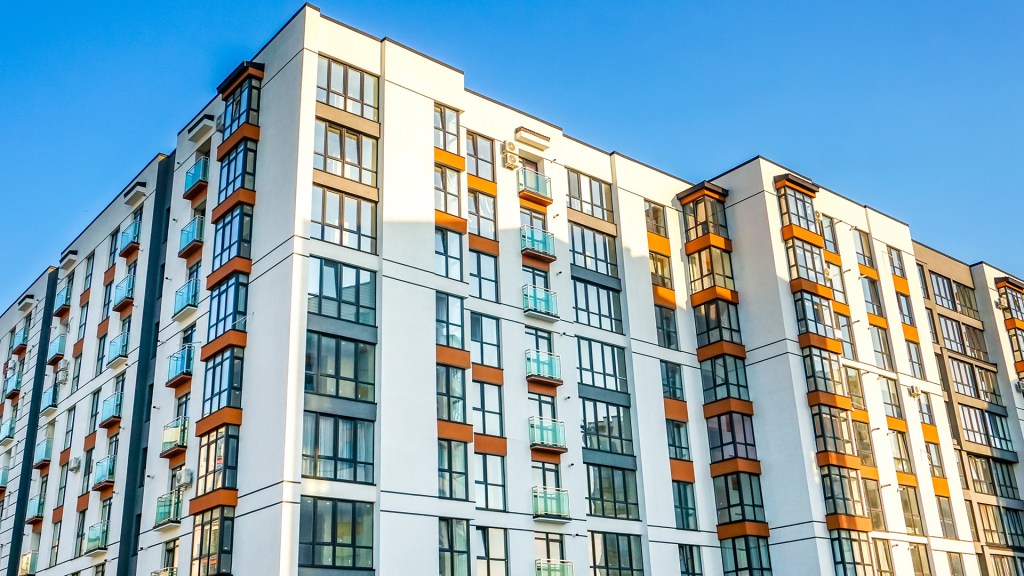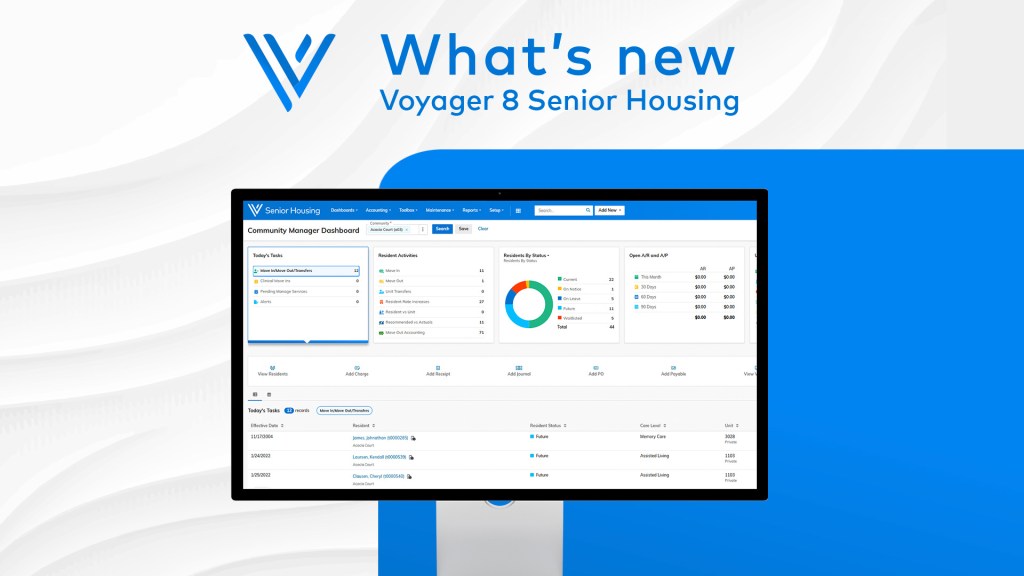By Luis Estrada on July 29, 2020 in News
We are nearly four months into the COVID-19 pandemic and businesses have had to adjust their daily operations to reopen for staff and guests. Every aspect of sanitation, proper distancing, touchpoints and other routine business functions are now altered to improve the safety and peace of mind of workers returning to the office.
Coworking industry case studies
On a recent Realcomm webinar, Yardi vice president of coworking, Dale Hersowitz, said that some aspects of technology already being implemented prior to the pandemic are now even more useful to help maintain productivity and safety.
For example, in the coworking industry, fully transactional websites and apps for meeting room bookings, desk reservations and virtual space tours help facilitate a completely distanced and safe experience. Staples, whose brand is most associated with office supplies, started a coworking brand in 2019 called Staples Studio. They repositioned part of their stores into shared workspaces and on their website they list everything from meeting room space to private offices, making it quick and easy for a prospect to become a member and complete transactions. This shift to a mobile experience has begun to replace the in-person meeting with a front desk associate or community manager and it now grows to more prominence during COVID.
“One of the keys is to use apps that will not only show you the product but the availability of the product,” Hersowitz said.
In coworking, member retention is always a driving factor with a high turnover rate month-to-month. One of the main ways to increase retention while members are still largely not entering your space is to use apps that allow for as much community interaction as possible.
Launch Workplaces, a Maryland-based coworking space with six locations, is using a member portal to drive community, enable self-service, host virtual events, post on community boards and view a full member directory for better collaboration, among countless other features. While this will not supersede the face-to-face interaction as the foundation of the flexible workspace industry, it will replicate an in-person environment as best possible until we return to normal.
Remote door access is a huge component of coworking spaces, but now it has increased value in many other commercial venues. Because leaving meeting rooms or private offices open is not advisable right now, an alternative is to install door access controls so that members or tenants can reserve the space and access it 24/7, while also retaining information about who was in what room and when. Not only does this ensure security and limit physical touchpoints, it also eliminates possible billing leakage as payments are secured remotely prior to access.
Comparing pre-COVID & post-COVID strategies
Operating during, and eventually following, COVID-19 has created a shift in focus for managers. The health, wellness and safety of staff and visitors have surpassed even revenue generation as the primary emphasis. According to Kent Tarrach, vice president of asset management at Brookfield Properties, who shared his thoughts during the Realcomm event, these are some of the differences between questions regarding business practices facing owners and operators before and after the pandemic:
Before:
- Does the business practice provide an opportunity to create a new revenue channel?
- Does the business practice create cost or time savings within a building or across the portfolio?
- Does the business practice allow for deeper insight into how customers interact with the building in order to generate revenue or cost savings?
After:
- What immediate actions do we need?
- What are the ongoing concerns that we need to manage as society continues to deal with the fallout from the pandemic?
- What will the future of the office look like?
In addition to the features Hersowitz laid out pertaining to coworking spaces, features such as visitor management, automated building notifications, food ordering services, parking garage integration and a vendor portal to track work progress all are increasingly more important for offices during and beyond the pandemic.
Certain tech advances were not even on the radar for most businesses at the beginning of this year. Now considerations like occupant tracking, body temperature checks, elevator policies and air quality enhancements are becoming the norm.
Emily Thrasher, director of global commercial accounts for Proxyclick, explained that data collection is more important now than ever before. “The key is to collect meaningful data and apply operational practices that are trackable, auditable and defendable,” she said.
Make sure to apply the same practices for your visitors and contractors as you would for members and tenants. Visitor related requirements are key to passing insurance and compliance audits.
Installing sensors to measure energy usage is very important, explained Alan Tangen, head of business development for Cooper Lighting Solutions. Occupancy sensors, environmental monitoring sensors and sensors for real-time location tracking are all going to play a role in the advancement of office space post COVID-19.
Is the office design outdated? As of right now, yes, it is. But the office isn’t dead; it’s evolving for the better. We’re going to be able to step foot into cleaner, safer and healthier offices if the proper steps are taken prior to a return to normalcy.


